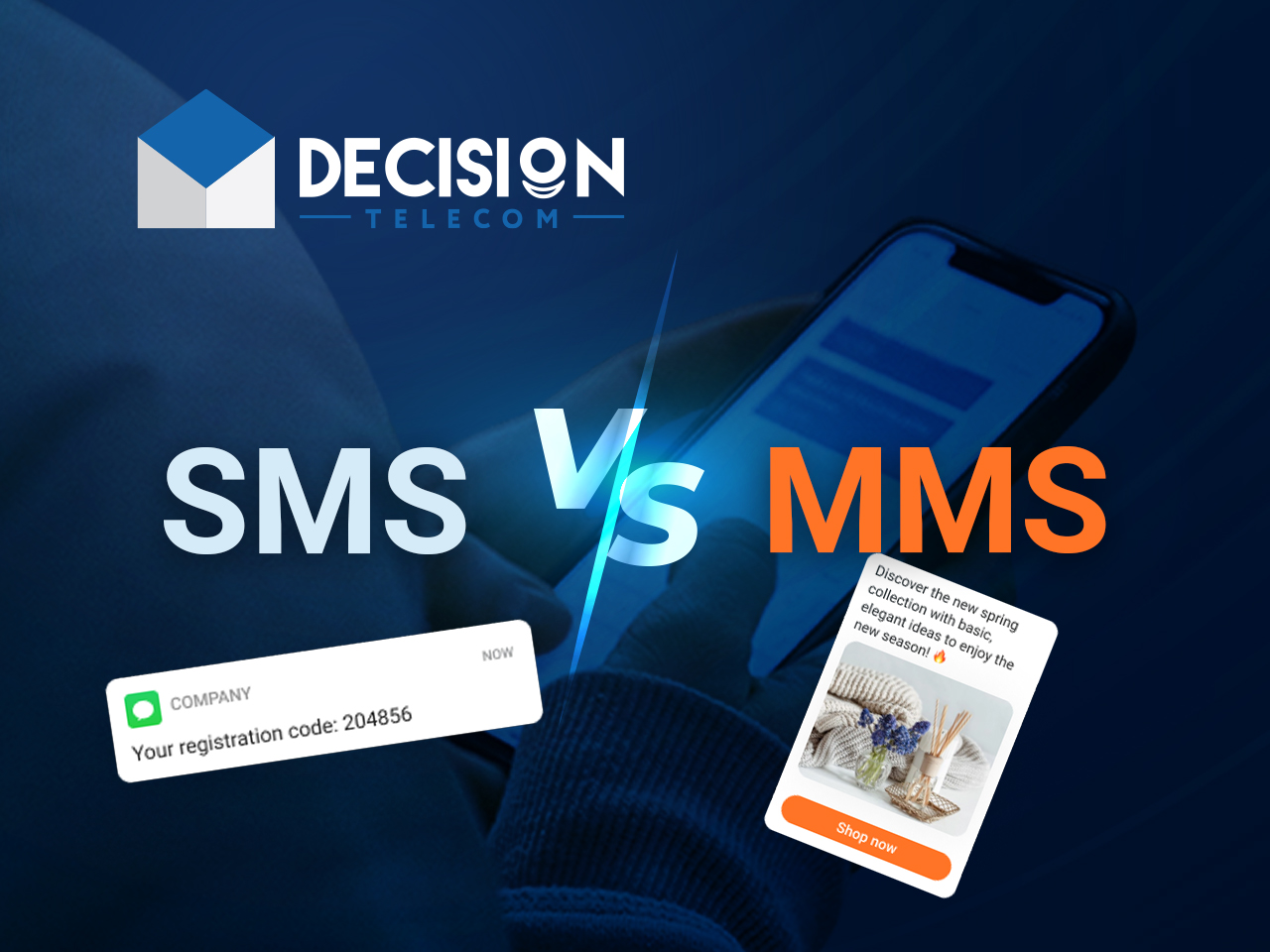MMS Video: The Evolution And Impact Of Multimedia Messaging Service
MMS video has transformed the way we communicate, allowing users to send multimedia content seamlessly. In an age where visual communication reigns supreme, understanding the intricacies of MMS video becomes essential. This article will delve into the origins, evolution, and significance of MMS videos, exploring their impact on personal and professional communication.
With the advent of smartphones and advanced messaging technologies, MMS video has gained traction as a preferred mode of sharing experiences, emotions, and information. As we navigate through this digital landscape, it's crucial to grasp the fundamental aspects of MMS video and its implications for our daily lives.
Whether you're a tech enthusiast or someone looking to enhance your communication skills, this comprehensive guide will provide valuable insights into MMS video. From its technical specifications to its impact on marketing strategies, we will explore all facets of this multimedia phenomenon.
Table of Contents
- 1. What is MMS Video?
- 2. The History of MMS
- 3. How MMS Video Works
- 4. Advantages of Using MMS Video
- 5. MMS Video in Marketing
- 6. Challenges Associated with MMS Video
- 7. Future of MMS Video
- 8. Conclusion
1. What is MMS Video?
Multimedia Messaging Service (MMS) allows users to send multimedia content such as images, audio, and videos through mobile networks. Unlike traditional SMS, which only transmits text, MMS video enhances messaging by incorporating visual elements. Users can share memorable moments, promotional content, or informative videos, making communication more engaging and dynamic.
2. The History of MMS
The concept of MMS was first introduced in the early 2000s as a response to the growing demand for richer mobile communication. Here’s a brief timeline of its development:
- 2002: MMS was launched commercially in several countries.
- 2005: The technology gained global acceptance with the proliferation of smartphones.
- 2010: MMS video became a standard feature in mobile messaging applications.
2.1 The Rise of Smartphones
The introduction of smartphones significantly contributed to the popularity of MMS video. With devices equipped with high-quality cameras and advanced multimedia capabilities, users began to embrace video messaging as a means of expression.
2.2 Integration with Social Media
MMS video found its place in social media platforms, allowing users to share videos instantly with friends and followers. This integration has further solidified its relevance in the digital age.
3. How MMS Video Works
MMS video operates on mobile networks, enabling users to send and receive multimedia content. The process involves several key steps:
- The sender composes a message, attaches a video file, and sends it via their mobile device.
- The multimedia content is transmitted through the mobile network, utilizing data packets.
- The recipient receives a notification to download the video, which is stored on their device.
4. Advantages of Using MMS Video
MMS video offers numerous benefits, making it a valuable communication tool:
- Enhanced Engagement: Visual content captures attention and fosters engagement.
- Convenience: Users can share videos instantly, regardless of location.
- Creativity: MMS video allows for creative expression, enabling users to communicate emotions effectively.
5. MMS Video in Marketing
Businesses have harnessed the power of MMS video for marketing purposes, utilizing it to reach and engage their target audience effectively. Here are some strategies:
- Product Demonstrations: Companies can showcase their products through engaging video content.
- Promotional Campaigns: MMS video can be used for limited-time offers, driving customer action.
- Customer Testimonials: Sharing customer experiences through video builds trust and credibility.
6. Challenges Associated with MMS Video
Despite its advantages, MMS video also faces certain challenges:
- Data Costs: Sending and receiving MMS may incur data charges, depending on the user's mobile plan.
- Compatibility Issues: Not all devices support MMS video, which can limit reach.
- File Size Limitations: Mobile carriers often impose restrictions on file sizes, affecting video quality.
7. Future of MMS Video
The future of MMS video looks promising, with advancements in technology poised to enhance its capabilities:
- Increased Video Quality: As mobile networks evolve, higher-quality video sharing will become more accessible.
- Integration with AI: Artificial intelligence could personalize video content, improving user experience.
- Augmented Reality (AR) Features: MMS video may incorporate AR elements, providing immersive experiences.
8. Conclusion
In conclusion, MMS video represents a significant evolution in communication, offering users a dynamic way to share multimedia content. From its historical roots to its current applications in marketing and personal communication, MMS video has proven to be a powerful tool. As technology continues to advance, the potential for MMS video will only expand, making it essential for users and businesses alike to embrace this medium.
We encourage readers to share their thoughts on MMS video in the comments below and explore other articles on our site for more insights into the world of digital communication.
Thank you for reading! We hope to see you back soon for more informative content.
Aunjanue Ellis Husband: A Deep Dive Into Her Personal Life And Career
Exploring The Viral MMS Website Phenomenon: Trends, Risks, And Insights
Subhashree Sahu Shower MMS: The Truth Behind The Controversy

/what-is-sms-mms-iphone-2000247-Final-5c38a50846e0fb0001673a66.png)

